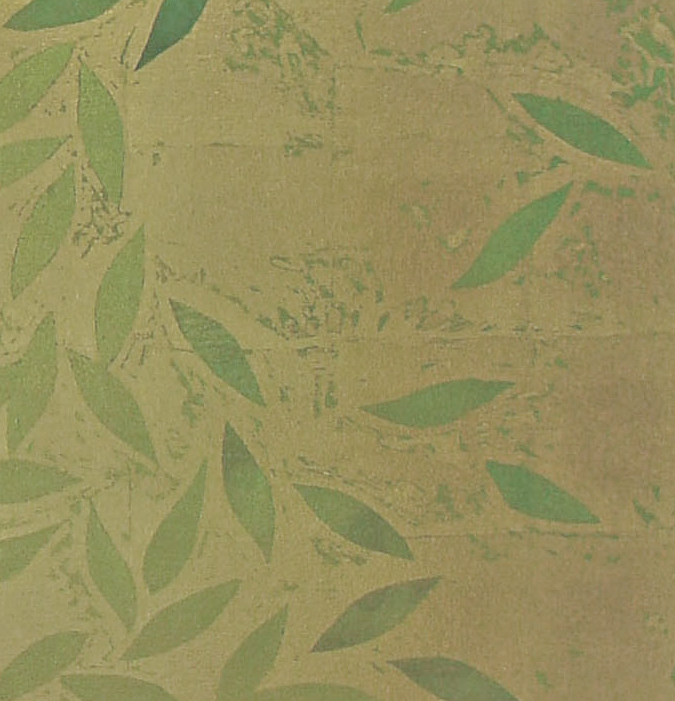
About Japanese Gardens
My wife and I were walking through one of our favorite gardens in Kyoto early one autumn morning. We noticed two traditionally garbed gardeners raking yellow leaves from the paths and bushes. The gardeners collected the leaves in a small basket. Later we noticed the same gardeners huddled together on a bench taking the leaves from the basket one by one, carefully examining each leaf and separating some of the leaves into a second basket. When they finished the sorting the gardeners carefully redistributed the chosen leaves on the same garden paths where they were raked a short time earlier. What would seem to be natural—the wind scattering falling leaves—was actually something recreated by human selection, an illusion of nature created in a most unnatural way. I wonder sometimes about the criteria for leaf selection. Was it color or pattern or shape, or some combination of these features? In the traditional Japanese garden little is left to chance; every element is carefully composed. The garden is not the natural world, the landscaping and carefully selected vegetation in the garden recalls and heightens the memories and experience of the natural world. The garden form is so restrained, so subtle that one must pay close attention to the garden. A quick stroll through a Japanese garden won’t do it. It is an environment where you must lose yourself for a time. The gardens are important works of art in themselves so while I use the gardens as inspirations, I don’t reproduce them in any direct manner. As I moved away from garden paintings, the garden aesthetics remain, lurking in the back of my mind, escaping from time to time onto my canvases.
MB 2010
Detail from Leaves and Waterfall, 2009, gold leaf, acrylic and oil paint